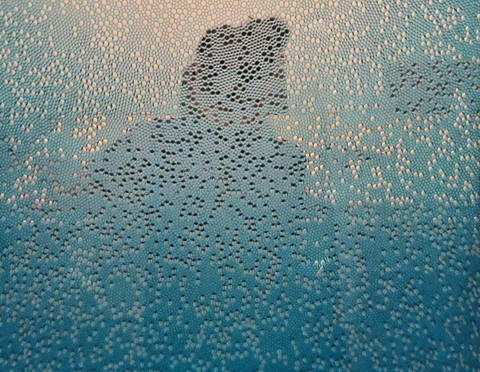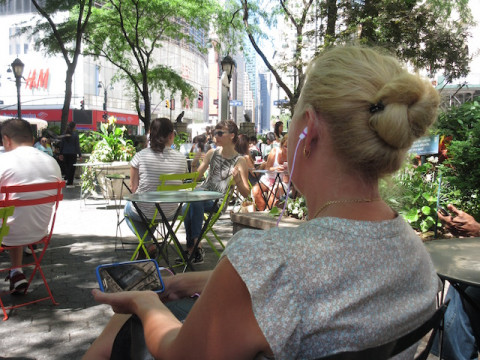Sensory Experiences, People on the Autism Spectrum
Developing welcoming spaces for all users
Developing welcoming spaces for all users
Crown investigated how the sensory systems of people on the autism spectrum process information from the physical world.
Well-being hub solutions
Coherence, fascination, and hominess, oh my!
People on the autism spectrum seem to have tactile experiences that are different from those of individuals not on the autism spectrum.

Neuroscience research details how design can support positive life experiences for people with autism spectrum disorder, attention-deficit/hyperactivity disorder (ADHD), post-traumatic stress disorder, long lasting anxiety, neuroticism, depression, and other psychological challenges.
Clouse’s team investigated the optimal design of spaces to be used by children with autism spectrum disorder (ASD).
Key design criteria tested
Mostafa has written a classic article on how design can support the wellbeing of people on the autism spectrum.

Design can support positive experiences for people living with ASD, ADHD, post-traumatic stress disorder, anxiety, neuroticism, depression, and other psychological challenges. Recognizing design-experience links is becoming particularly important as more diverse groups of people live and work together.